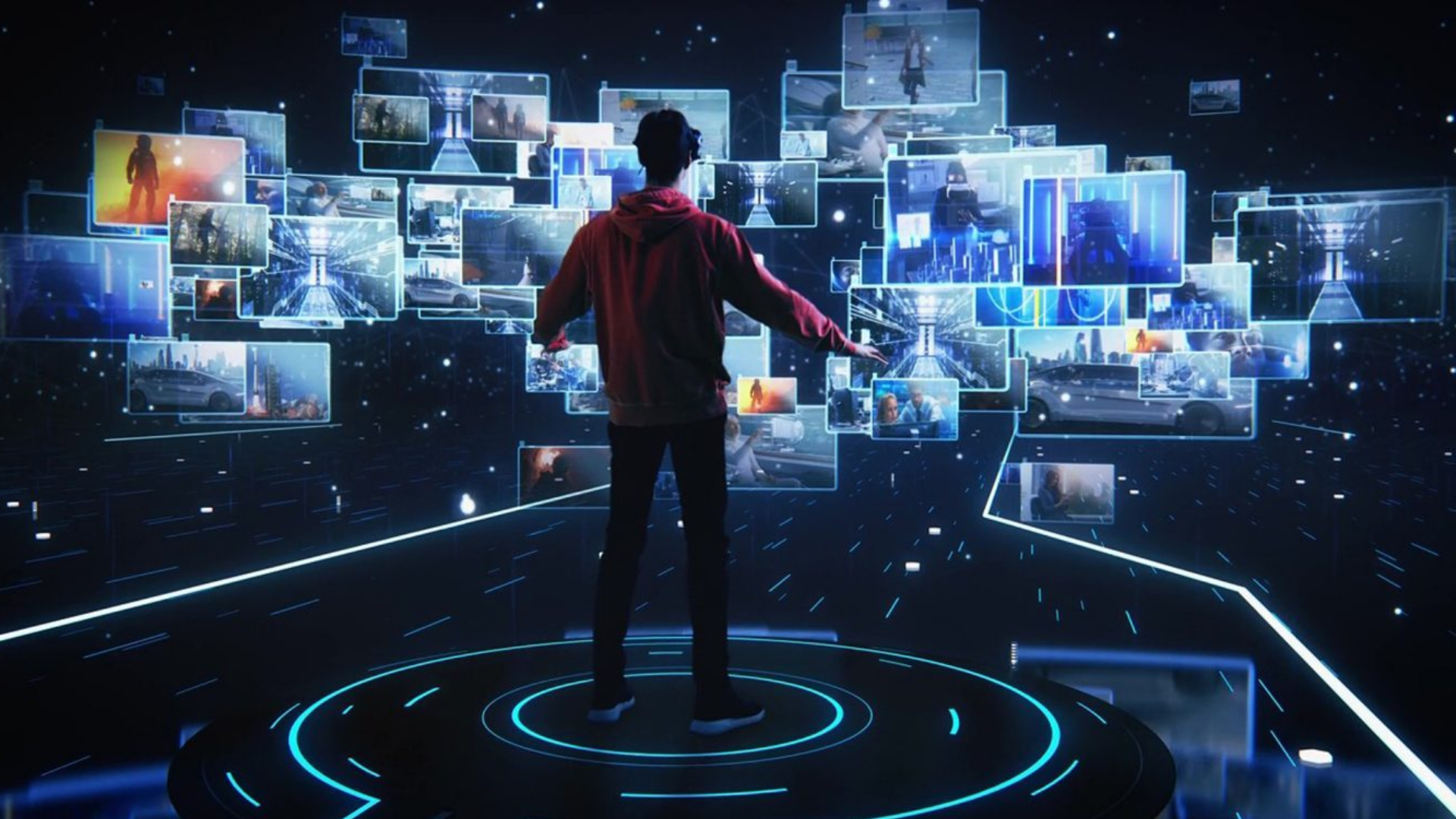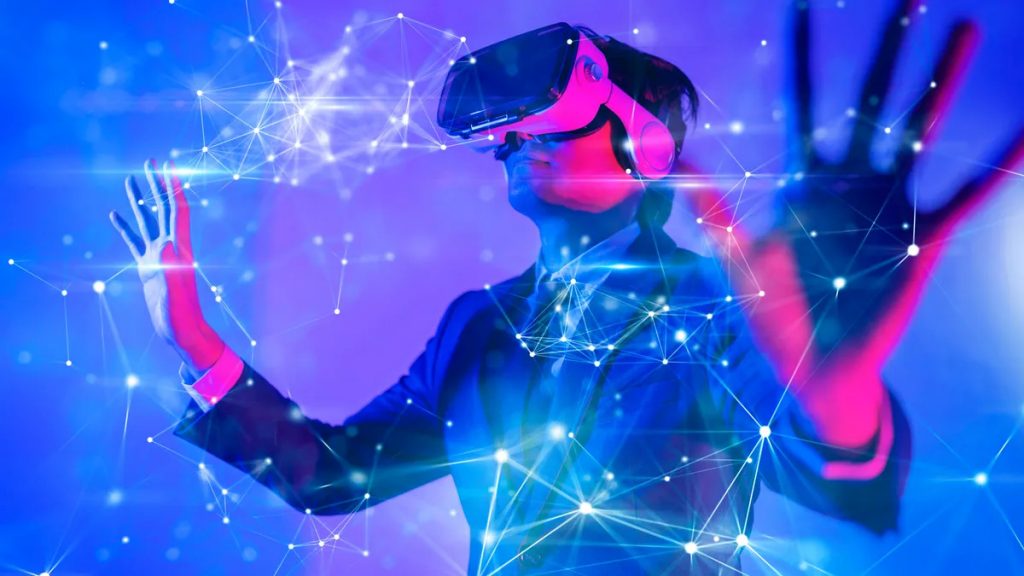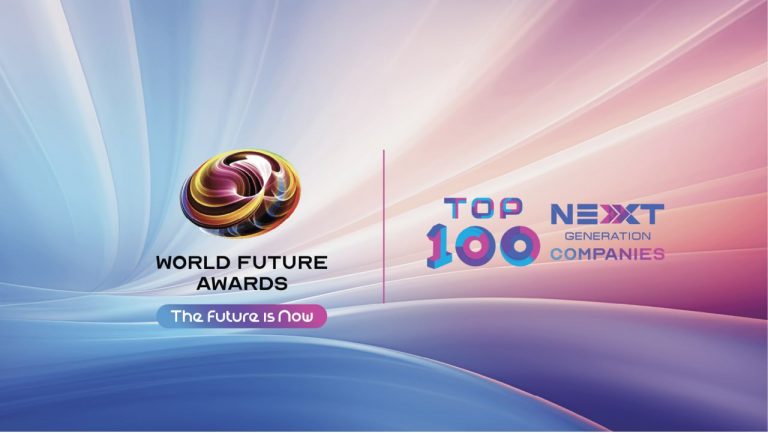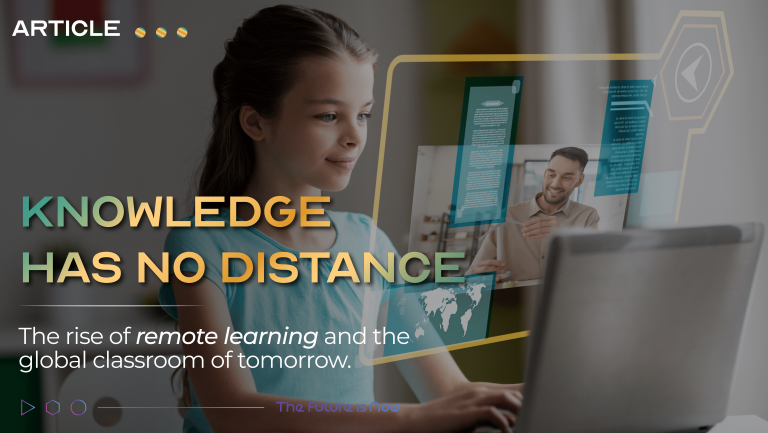
The Metaverse: Hype, or Opportunities?
The phrase “metaverse” was first invented and used in Neal Stephenson’s 1992 Sci-fi novel Snow Crash. The word «metaverse» is a combination of the English word «universe» with the Greek word «Meta,» which means «after» or «beyond.» In that novel, characters use virtual reality goggles to move through a three-dimensional cityscape constructed entirely with computer code, while experiencing a full spectrum of immersive sensory experiences.
With a compound annual growth rate of 47.2%, the worldwide metaverse market will increase from USD 61.8 billion in 2022 to USD 426.9 billion in 2027.It is anticipated to grow at the fastest rate in Asia Pacific, with an average annual growth rate of 49.6% over the next five years. While practitioners in the space currently have varying definitions of the metaverse, we agree in general that the metaverse needs to have three ingredients to be considered as a metaverse: It needs to be immersive, social and interactive.
Opportunities for Brands
What then, are the opportunities for brands in the metaverse? Let’s take a deeper look into three opportunities for brands here:
Opportunity #1: Additional sources of revenue
The metaverse can be additional sources of revenue for brands.
There are many ways of creating additional sources of revenue for brands. Brands on the metaverse can sell their intellectual property as NFTs, and build Web3.0 brand equity and collectibles with brand storytelling. Some brands may even sell NFT lands!
With innovative decentralised finance tools, brands can also create character gaming worlds on the open metaverse and monetisze accordingly.
Opportunity #2: Zero physical inventory, higher profits
Especially for the luxury and retail industries, physical inventory planning and management can be a major cost center and when mismanaged, can even cost the company to incur heavy losses.
Through NFTs as a vehicle in the open metaverse however, brands enjoy zero physical inventory that is subject to wear and tear, and depreciation. The marginal cost of producing an additional NFT as a product is almost negligible if we are using generative AI to create the artwork; yet the marginal revenue of the NFT can still be the same as that of the physical product.
This leads to an increased probability of exponential profits.
Opportunity #3: A brand new way of storytelling and enhancing of consumer experience
Brands can also make use of the emerging technologies associated with the metaverse to create better, alternative immersive experiences for their users. Some interesting tools that have the power to positively influence end-user engagement include metahumans, augmented reality, virtual reality and even haptic suits.
The increased deployment of 5G in Southeast Asia is likely to speed up networks to such an extent that marketers will be able to build dynamic digital worlds that can change in real-time. Truly, as marketers, we are only limited by our imaginations!
Increasingly, phygital is becoming a bigger and bigger phenomenon in retail. Utilizing virtual try-ons and AR-enabled commerce makes it simpler for customers and increases their confidence in their buying decisions. The true secret to keeping their interest is to curate and design an unexpected retail experience and make it more enjoyable.
Immersive storytelling enables viewers to move from «observation» to «experience,» allowing customers to figuratively «put themselves in another’s shoes» and feel that they are part of something larger than themselves. It opens up an opportunity for brand storytellers to develop closer relationships with customers. Immersive experiences that create a shared experience can enhance the relationship between the customer and the brand, especially in this age when customers are more interested than ever in learning about the purpose of brands and how those values are aligned with their own.

Level Up: Use your Brand DNA as an Anchor
It is clear that most brands are generally currently experimenting with the metaverse, which gives rise to the popular conception that it could just be a hype and nothing sustainable.
Technological cycles of change are getting shorter and shorter. As marketers, we have to learn how to make better choices with faster and less complete, highly asymmetrical information. This could mean getting used to dynamic states and pivoting along the way, rather than expecting things to go as plan.
Overall, with the huge capital flow going into the space, there is also a high probability that the metaverse will become a self-fulfilling prophecy. Therefore, the right question that a brand should be asking could be how to “be okay with” risk while still boldly experimenting in the space.
Have fun, good luck!
***
Soh Wan Wei
CEO & Founder
IKIGUIDE Metaverse Collective
Bio:
Wan Wei is CEO and co-founder of IKIGUIDE Metaverse Collective (IMC). As the top media, education, consulting and co-creation collective, we work to bridge the knowledge & resource gaps in the Asian metaverse industry.
IMC counts NYSE-listed Nutanix, Philips, Hitachi, DBS, Crypto.com and non-profit alliance ChangemakersXchange as some of the key clients and partners in its portfolio. Wan Wei is also a guest-trainer at Singapore Management University Academy and Aventis Graduate School.
Wan Wei is also one of the founding team members of the dWeb Southeast Asian node and the Metaverse for All: Diversity, Equity and Inclusivity Movement.
MORE NEWS

The 2025 Tech Christmas List: 11 Gifts for Forward Thinkers

BitFuFu Named Among World Future Awards’ TOP 100 Next Generation Companies

Next Generation Companies 2025

The Future of Learning is Hybrid, Tech-Enhanced & Human-Centric – Interview with Dora Hrkac, WFA Board Member

Connected Futures: The Rise of Smart Homes

Driving Global Change Through Marketing Intelligence: An Interview with Tonia Maneta of Bizzdesign

Beyond Borders: The New Era of Remote Learning and Global Education Access
NEWSLETTER
Sign up to learn more about our project and to stay up to date.

